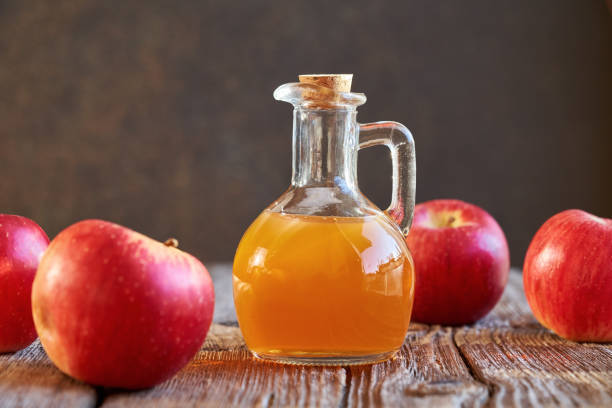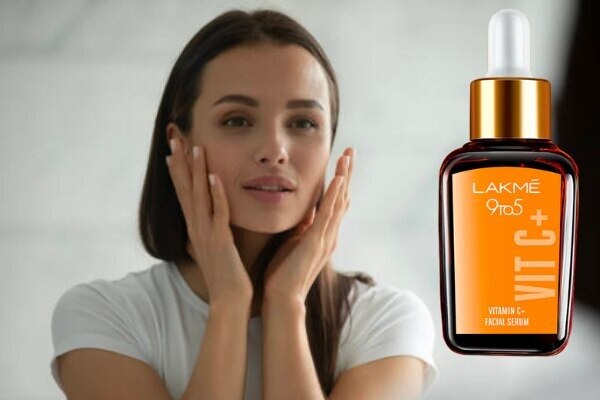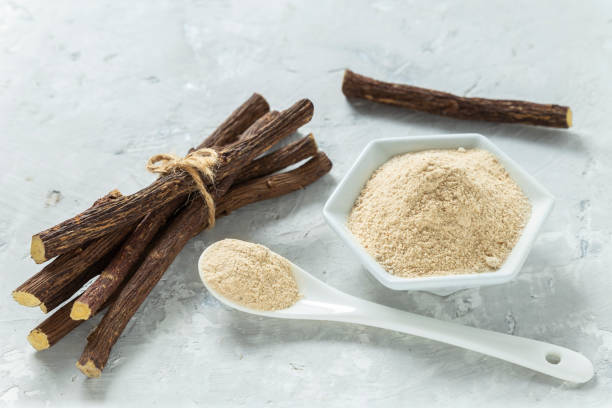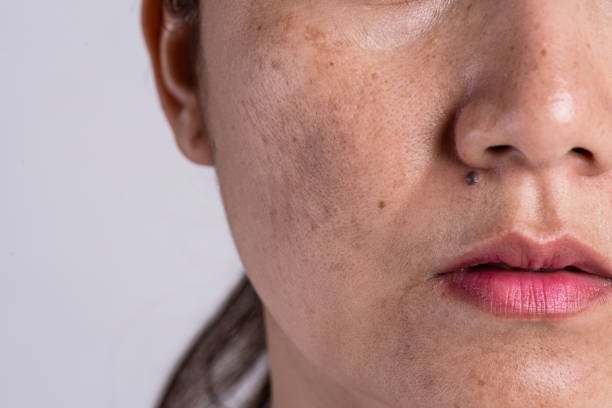All of us want flawless skin when it comes to beauty goals. However, when you lack a beauty regime and have pigmented skin, it can make your skin look flaky and pale. And if you don't correct this pigmentation on time, it could lead to hyperpigmentation, which is even more problematic. But you can get rid of the patches and pesky spots using simple home remedies.
01Home remedies for pigmentation
1. Apple cider vinegar

Apple cider vinegar is a simple yet effective home remedy to treat pigmentation. Apple cider vinegar is acidic in nature since it is made through fermenting apple juice. This acidity comes from acetic acid, which is known to be a natural bleaching agent. For this reason, it is a recommended treatment for pigmentation.
How to use apple cider vinegar Mix together half a teaspoon of apple cider vinegar and add one tablespoon of honey. Apply the mixture to the affected area. You can also use it as a face mask and apply it all over your face. Let it sit on your face for 15 minutes and then rinse it off with water.
2. Aloe vera
Aloe vera has immense benefits for your skin and can effectively treat pigmentation. Aloe vera contains aloin, a depigmentation agent that helps to get rid of stubborn marks. It also helps lighten stubborn tanning. Additionally, aloe vera boosts the cell regeneration process, which replaces the pigmented cells with newer ones.
How to use aloe vera:
Apply a thick layer of aloe vera gel on your face at night before you go to bed. Wash your face off the next morning. For the best results, you can use fresh aloe vera gel from a plant if you have one at your home.
3. Vitamin C

Vitamin C makes for an amazing home remedy when it comes to treating pigmentation. It is a naturally occurring acid which helps to lighten dark spots, pigmentation, and marks. It bleaches the skin without harming your skin or causing burn marks.
Vitamin C is also an antioxidant that helps in cell repair and regeneration. Your skin will look radiant once the new skin cells take over.
How to use Vitamin C:
Citrus fruits are rich in Vitamin C, so either a few pieces of an orange or a lemon can be used to make a face pack.
Take your favourite citrus fruit and extract its juice. Mix it with a few drops of honey and apply it on the affected areas. Wash your face after leaving it on for 15 minutes.
You can also incorporate a Vitamin C-based serum in your skincare routine to lighten pigmentation and keep your skin looking bright. Apply it twice daily. But make sure to wear sunscreen when you apply it during the day since Vitamin C makes your skin photosensitive.
4. Green tea
Besides being an excellent food, you can also rely on green tea to get a flawless complexion since it is one of the most effective remedies for pigmentation. Green tea contains catechins, one of the most potent antioxidants. It counters the free radicals that cause inflammation and cell damage and contribute to hyperpigmentation.
Green tea also helps remove toxins present in your skin and enhances blood circulation. As a result, your skin will be left with fewer pimples and acne, which will make it clearer.
How to use green tea:
While most of us know how to brew green tea, how are you supposed to apply it to your face? Soak the leaves in warm water before using it on your face. Once the water is infused with the green tea, use a cotton ball and dab the fluid onto the hyperpigmented areas. Rinse with cool water after 15 minutes.
Alternatively, you can prepare green tea the regular way (with boiling water). Store the green tea in the refrigerator after it has cooled. You can spray this one your face to hydrate and refresh.
If you have green tea bags, you can use them as well. Dip a green tea bag in warm water and let it sit aside. When it cools down, rub it onto the affected area.
5. Onion

The smell of onions might deter you from applying them to your skin, but onions are a good remedy for hyperpigmentation. Vitamin C found in onions can remove age spots, improve an uneven skin tone, and smooth out pimples.
Using onions regularly can protect your skin from UV rays and reduce hyperpigmentation. They also contain antioxidants that protect skin cells against oxidative stress, which damages them and causes hyperpigmentation.
How to use onion:
Grate a small onion. You will get a thick paste-like consistency. Now, add a pinch of turmeric into the mixture and stir thoroughly.
Use this mixture to dot the dark spots on your face. It should not be used as a face mask because your eyes will be irritated.
6. Licorice
Licorice or mulethi has been used to treat pigmentation since ancient Egyptian times. Licorice extract helps even out your skin tone, removes tanning, and also treats cell damage. It also gently scrubs off dead skin cells and leaves you with glowing skin.
How to use licorice:
Licorice comes in a powder form that is easily accessible. Put a teaspoon of the powder in rosewater and make a paste. Spread it evenly all across your face. Once it dries, scrub the paste gently before washing off with water.
02FAQs
What is pigmentation?
The medical term pigmentation refers to a condition that causes darkening of certain parts of the skin. The pigmentation umbrella includes acne marks, tan marks, dark circles, and freckles.
What causes pigmentation on the face?
There are a number of factors that can cause pigmentation, including sun damage and genetics. These are:
- Acne
- Physical injuries
- Pregnancy
- Several medications
- Liver disease
- Gall bladder disease
- Lack of vitamins and minerals in the body
- Hormonal changes
- Intense emotional stress
What are the signs of hyperpigmentation?
- Discolouration or unevenness of the skin may be an indication of a pigmented patch.
- Patches of brown skin.
- Symmetrical patches.
- Patches generally appear on the cheeks, forehead, chin, and bridge of the nose, but they can also sometimes appear on the neck and forearms
- Skin that is flaky and peeling.








